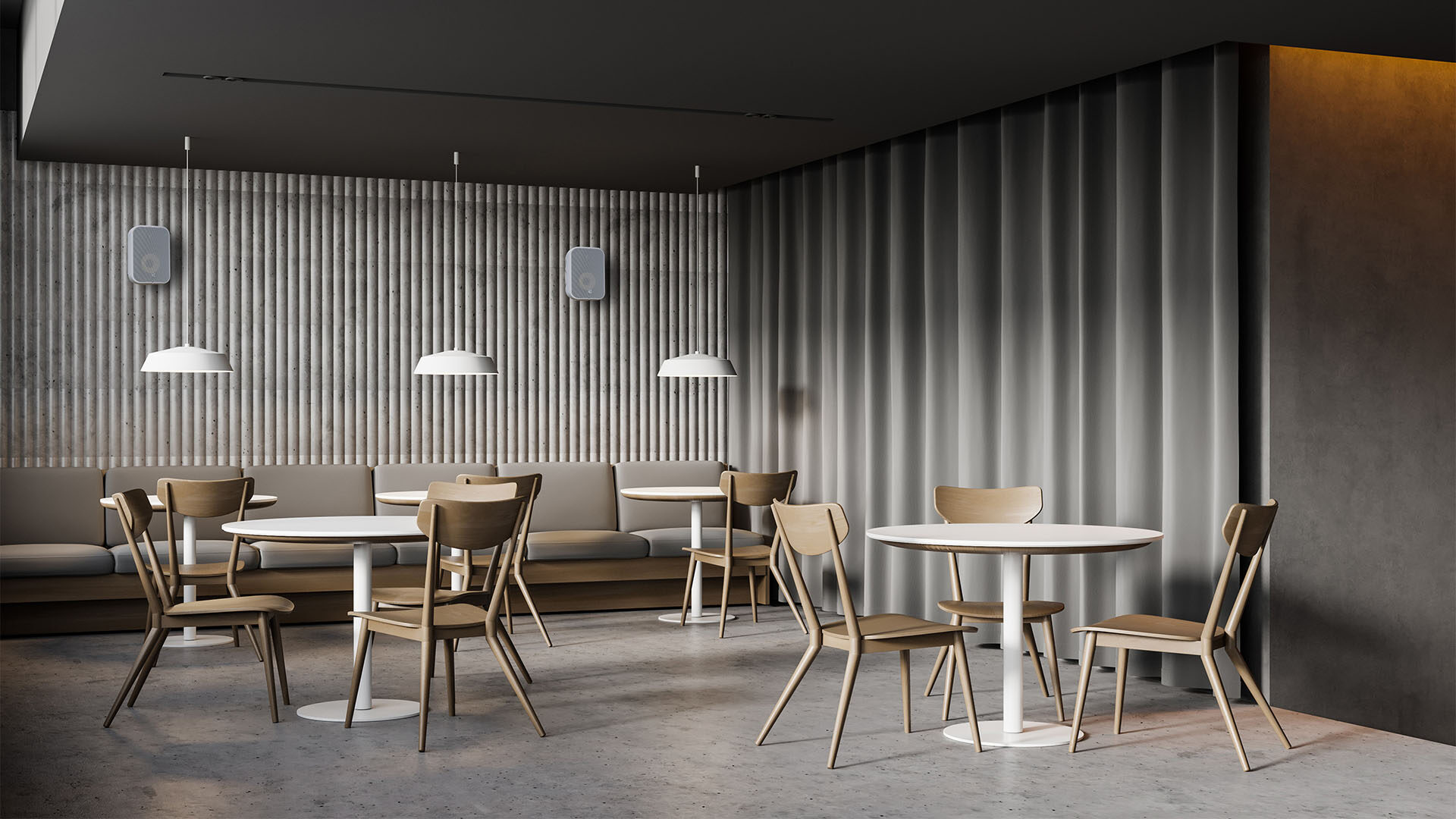The first action in successful surveillance camera installation is to identify vulnerable zones within the store. These locations often consist of entrances and exits, checkout counters, and aisles where expensive items are showcased. By placing cameras in such areas, retailers can monitor shopper actions and spot suspicious activities. Additionally, surveillance systems at entry points can capture footage of people entering and exiting the retail space, which is essential for recognizing potential thieves. This proactive approach aids in minimizing loss and guaranteeing a safe environment.
Another important factor is the type of surveillance device used in the retail environment. Various types of cameras serve different functions. For instance, dome cameras are commonly used for indoor monitoring because they are more noticeable and can cover a wide space. On the other hand, bullet cameras are best for external application, as they are more visible and can discourage criminal activity. Retailers should assess their particular needs and select the appropriate camera models to guarantee complete monitoring of the store.

In addition to camera types, the position and height at which cameras are installed have a significant role in their effectiveness. Cameras should be positioned at view it now a level that enables for unobstructed visibility of faces and activities without being readily manipulated with. A typical recommendation is to install cameras at least eight to ten feet off the floor. Additionally, surveillance devices should be angled to cover as wide space as feasible while avoiding blind spots. This tactical installation guarantees that all areas of the store are monitored, offering a complete perspective of shopper engagements and potential security risks.
Ultimately, it is essential for retailers to consistently assess and maintain their surveillance equipment. This entails checking camera performance, confirming that footage are high-quality, and updating software as required. Routine maintenance helps to prevent technical problems that could compromise security. Additionally, store owners should review footage periodically to spot patterns in shopper actions and potential safety threats. By remaining vigilant and mindful to their surveillance equipment, store owners can create a more secure shopping environment and safeguard their resources effectively.